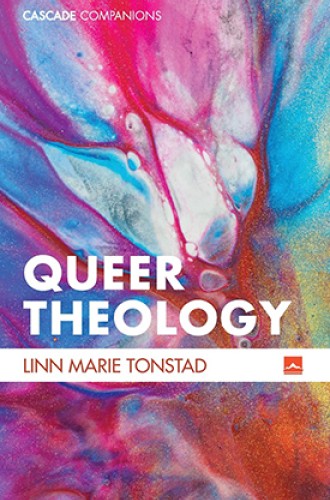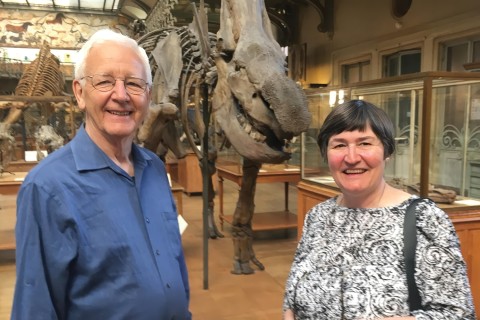Doing theology with the assumption that queer people belong
Linn Marie Tonstad summarizes a far more interesting conversation about sex and gender than the one I grew up with.
I grew up in an evangelical church, where I was taught what I call the partition theory of gender, more commonly known as complementarianism. In this view, Genesis 1:27 (“male and female he created them”) means that God created not only sexual dimorphism, so that some people have these parts and other people have those parts but also gender. God created men to reflect half of his nature and women the other half, sort of like the United Nations apportioning territory. Men’s job is to kill dragons and rescue princesses. Women’s job is to dole out hugs and wipe tears.
It goes without saying that if a dragon attacks your city, you should try to help kill it, frighten it away, evacuate people, or put out fires. (In writing about this, for example, I am hoping to help kill the dragon that is partition theory.) But such work is everybody’s responsibility. In the Bible, women drive tent pegs into the skulls of invaders, fund Jesus’ ministry, and preach the resurrection. In life, women fight fires, write books, and lead organizations. Whatever Genesis is telling us, apparently the Bible doesn’t have a narrow view of gender roles.
The development of queer theology points to a far more interesting conversation about sex and gender than the one offered by partition theorists. Linn Marie Tonstad offers a fascinating précis of that conversation as it has developed thus far.




